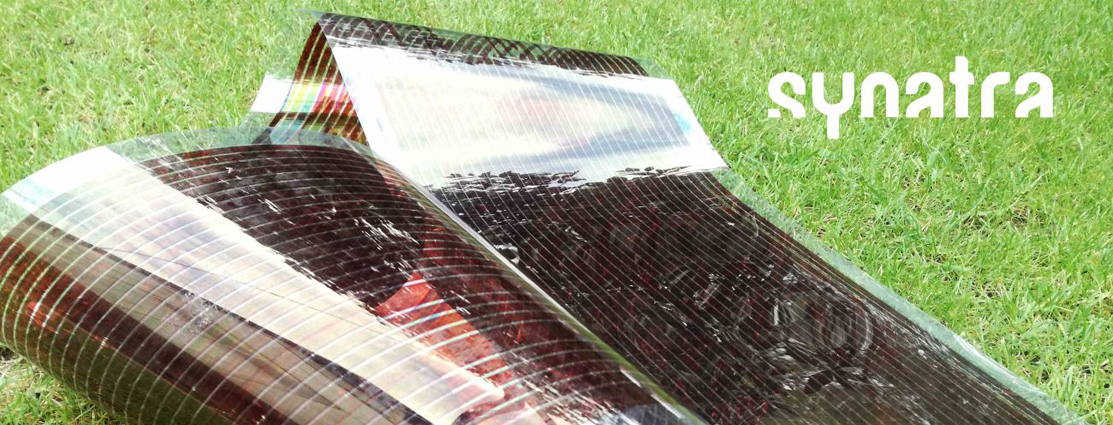A new breakthrough in renewables! We never cease to be amazed by innovations in the renewable energy sector; in the past we have talked about initiatives such as new adhesive solar panels, the reinvention of wind energy or new ways of storing green energy using sand batteries.
Today we present a new project developed by the Spanish National Research Council (CSIC) that aims to maintain agricultural production and generate electricity together on the same land. Do you think this is possible?

Semi-transparent solar panels
Using a semi-transparent solar panel is the solution CSIC has proposed to make the photovoltaic installations viable in agricultural fields. Semi-transparent organic solar energy modules are solar panels that are constructed using organic materials and provide favourable conditions for producing crops. They are designed to be semi-transparent, which means that they allow a certain amount of light to pass through while protecting plants from certain weather conditions such as rain, wind or hail.
The Synatra project has two major advantages. Firstly, this initiative will help increase the implementation of renewable energy in rural areas, thereby boosting electrification and competitiveness in these areas. Secondly, the semi-transparent organic modules will also help increase crop productivity.
The next step is to investigate which crops are most compatible with this technology. Although this project remains work in progress, scientists say that there is great potential to be exploited in agrovoltaics.
The Synatra project has two major advantages. Firstly, this initiative will help increase the implementation of renewable energy in rural areas, thereby boosting electrification and competitiveness in these areas. Secondly, the semi-transparent organic modules will also help increase crop productivity.
The next step is to investigate which crops are most compatible with this technology. Although this project remains work in progress, scientists say that there is great potential to be exploited in agrovoltaics.


